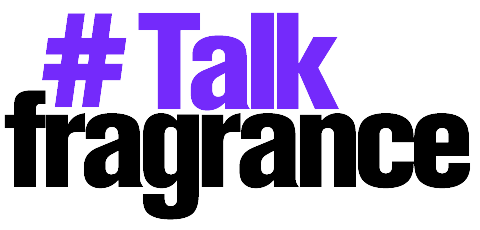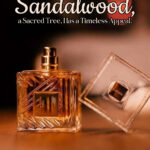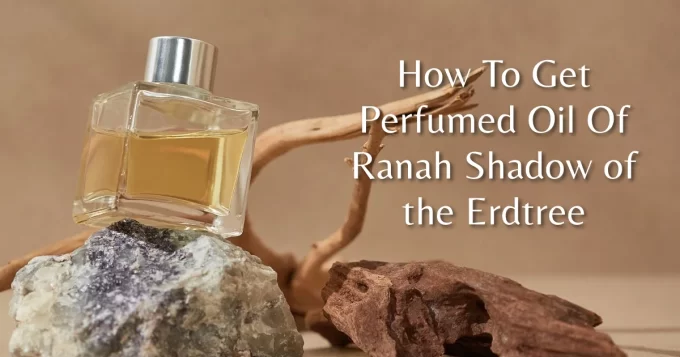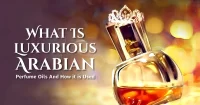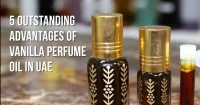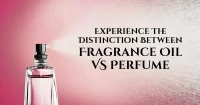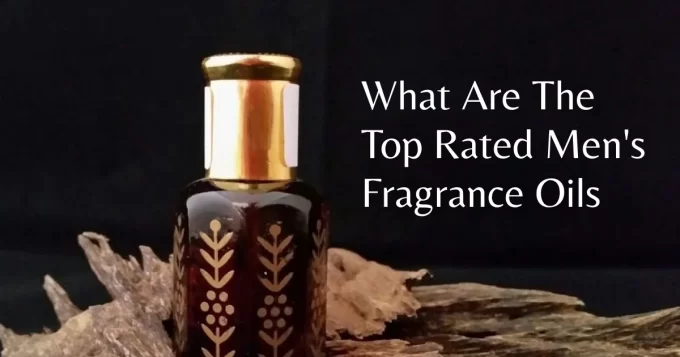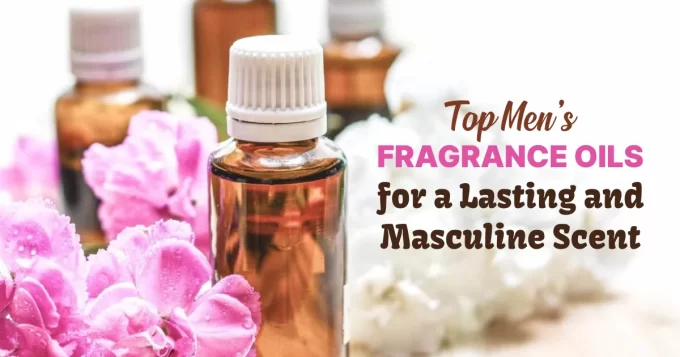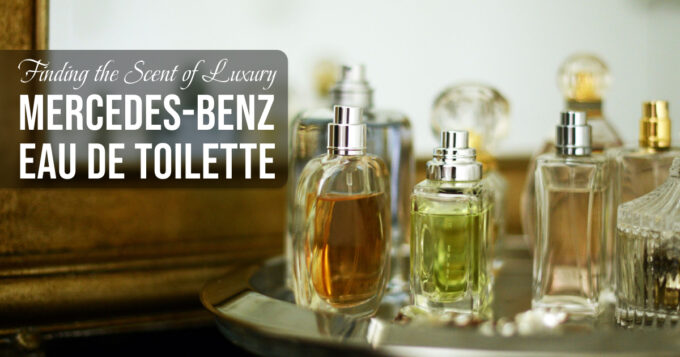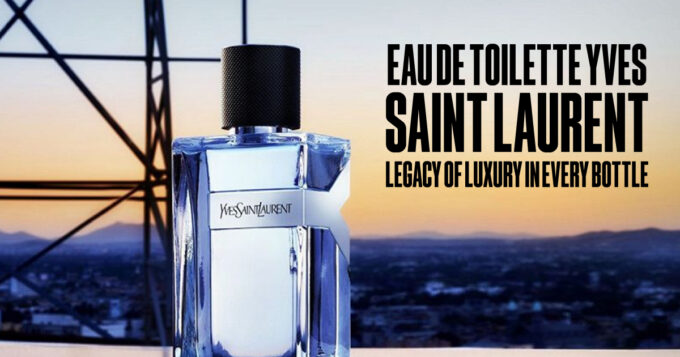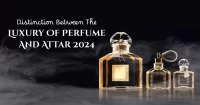Rose vs. Geranium: A Comparison of Two Iconic Floral Scents
Rose and geranium are two of the most popular and distinctive floral fragrance notes. These two flowers, though sometimes misunderstood, provide completely diverse olfactory sensations that perfume connoisseurs and casual wearers both value.
In this blog post, we’ll look at rose and geranium, their distinct qualities, roles in fragrance, and how they compare to one another. Whether you’re a fragrance enthusiast or just interested in these floral symbols, this article will help you grasp the differences between rose and geranium.
The Rose is the Queen of Flowers.
1. Historical significance: The rose has long been regarded as the “queen of flowers,” with a history rich in symbolism, passion, and luxury. Ancient civilizations, from the Greeks to the Persians, admired the rose for its beauty and scent. The rose has been a perfumery staple for generations, expressing love, passion, and elegance.
2. Varieties & Fragrance Profiles: Roses come in a variety of scents, each slightly different. Rosa Damascena (Damask Rose) and Rosa Centifolia (May Rose) are the two most popular roses used in perfumes. Damask Rose is noted for its deep, nuanced aroma, which combines floral, spicy, and honeyed elements. May Rose, on the other hand, is softer and powderier, with a light sweetness.
3. Extraction and Applications: The two primary products derived from rose petals are rose oil and rose absolute. Rose oil, also known as rose otto, is steam distilled and has a lighter, more delicate aroma. Rose absolute is extracted with a solvent, producing a fuller, more concentrated aroma. Rose is a diverse scent in perfumery, appearing in everything from romantic florals to sophisticated chypres.
4. Cultural Impact: The rose has had a significant cultural impact, with representations in art, literature, and religious symbolism all across the world. It is frequently connected with love, purity, and beauty, making it an appealing choice for personal perfumes, particularly in romantic settings.
Geranium, The Fragrant Understudy
1. Historical significance: While the rose is frequently the star of the show, geranium serves an important supporting role in the realm of smell. Geranium was originally native to South Africa before being imported to Europe in the 17th century, where it quickly became a popular garden plant. However, its usage in perfumery did not become common until the nineteenth century.
2. Varieties and Fragrance Profiles: The most frequent variety used in perfumery is geranium, specifically Pelargonium graveolens. Its fragrance is frequently characterized as green, slightly minty, and rose, with a tinge of citrus. This pink aspect is why geranium is frequently referred to as “the poor man’s rose.” However, its fresh and grassy characteristics distinguish it from its more famous counterpart.
3. Extraction and Applications: Geranium oil is obtained by steam distillation of the plant’s leaves and stems. It is less expensive to produce than rose oil, making it a frequent choice in fragrance compositions that require a rose-like perfume without the high expense. Geranium is commonly utilized in men’s fragrances because its green and somewhat spicy notes provide depth and complexity to manly aromas.
4. Cultural Impact: Although geranium does not have the same cultural cachet as roses, it is recognized for its therapeutic benefits, notably in aromatherapy. Geranium oil is thought to provide balancing properties for the mind and body, encouraging relaxation and emotional stability.
Rose and Geranium: A Comparison
1. Scent Profile:
Rose is rich, deep, and complex, with sweet, spicy, and honeyed notes.
Geranium is fresh, green, and slightly minty, with rose undertones.
While both rose and geranium have a pink aroma, rose is more luxurious and complex, and geranium is fresher and greener, with a delicate sense of spice.
2. Cost:
Rose is one of the most expensive raw materials in perfumery due to the high number of petals required to generate a modest volume of oil.
Geranium is less expensive than rose and thus a more cost-effective choice in fragrance formulations.
3. Flexibility:
Rose is used in a wide spectrum of perfumes, including floral, oriental, chypre, and gourmand.
Geranium is commonly included in fougère and chypre perfumes, notably in men’s colognes, because of its fresh and herbaceous properties.
4. Cultural symbolism:
Rose: A symbol of love, beauty, and passion in many cultures.
Geranium: Although less symbolic, geranium is valued for its calming and healing effects in aromatherapy.
Conclusion: A Floral Duo to Celebrate
Rose and geranium have a similar aroma profile, although each has its own distinct characteristics. The rose, with its rich history and unique aroma, remains the queen of flowers in perfumery. Geranium, on the other hand, provides a refreshing and flexible option, known for its green, minty, and gently pink aroma.
Whether you favor the opulent depth of rose or the invigorating crispness of geranium, these flowers have earned their position in the olfactory world. They can be worn separately or stacked together to create a harmonious look that combines the best of both worlds. Ultimately, the choice between rose and geranium is a matter of personal preference, but one thing is certain: both are timeless masterpieces that will captivate and inspire future generations.
